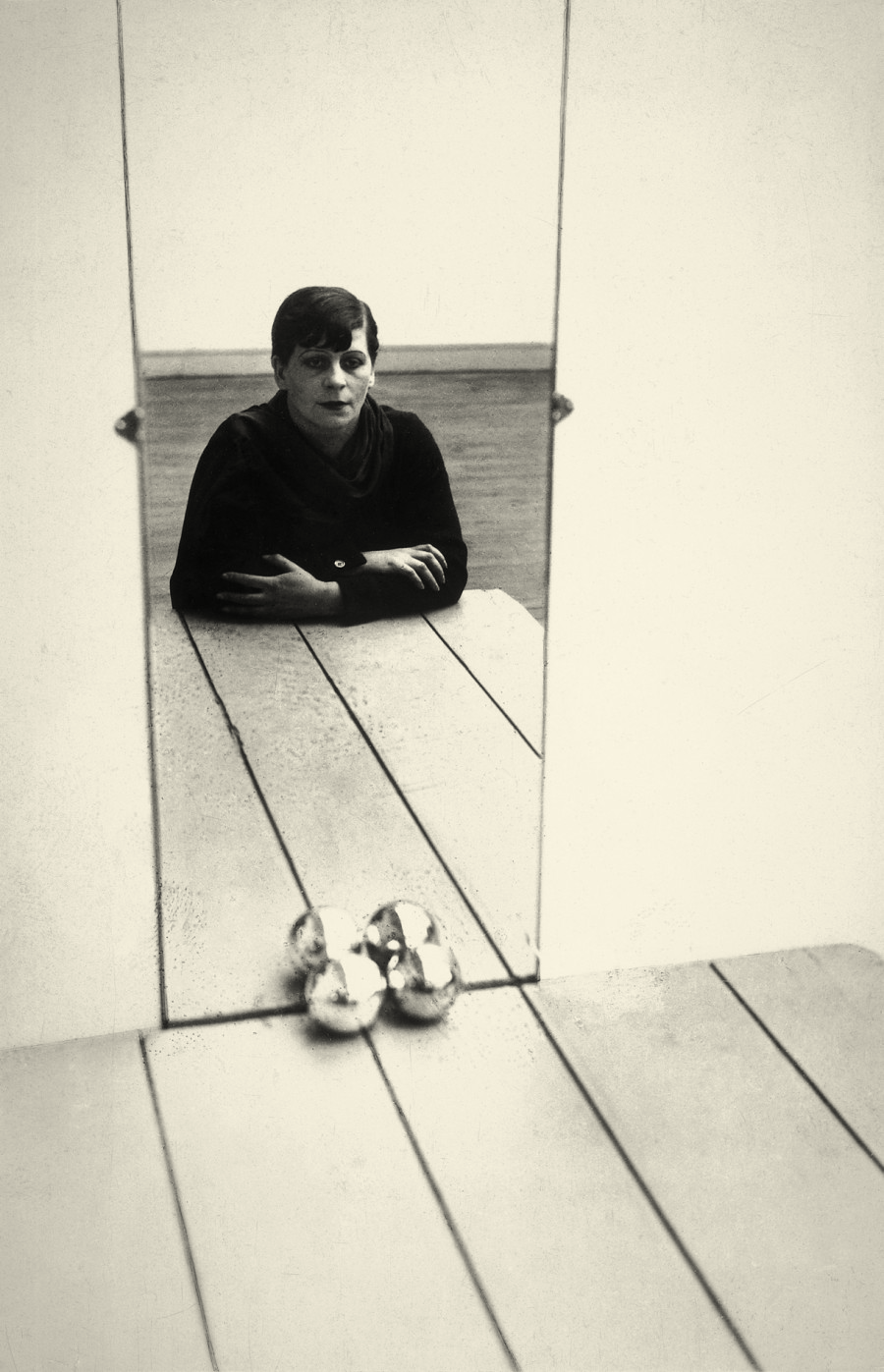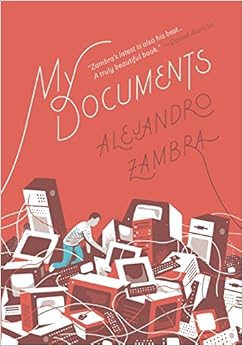It's been
14 years since a U.S. Latino actor last took home an Academy Award. No one knows when that will happen again, but it certainly won't be this Sunday.
After the Academy of Motion Pictures Arts and Sciences announced its
all-white slate of nominees for the acting categories in January, Twitter users expressed their discontent with hashtags like
#OscarsSoWhite. Their focus was
mostly on the film “Selma,” whose cast and director were all passed over for nominations. Few people brought up the issue of snubbed Latino actors.
That’s probably because, according to
statistics and Latino advocates, the real issue for Latinos isn’t a lack of nominations but a lack of roles in the first place.
“The problem is there are [few] roles that are available to Latino actors, and they are generally not central to the narrative,” Felix Sanchez, co-founder and chairman of the National Hispanic Foundation for the Arts, told The Huffington Post. “They are a pivot point for the main storyline. That’s the case in ‘Boyhood’ and that happens repeatedly in films. So we’re left to create our own independent films, which do not really get the audience. And often the money is not there to really produce a film that will win awards.”
An overview of the history of Latino actors at the Academy Awards is revealing. When you include international Latin American and Spanish stars in the tally, Latinos have
won an Oscar 9 times out of a total of 29 nominations. Only one Latino has ever won the Best Actor award -- José Ferrer, for 1950's "
Cyrano de Bergerac" -- and no Latina has ever been named Best Actress.
The academy has received plenty of criticism over its lack of diversity, particularly after the Los Angeles Times
reported in 2012 that academy voters were 94 percent white, 2 percent black and less than 2 percent Latino.
When controversy concerning diversity resurfaced this year, Cheryl Boone Isaacs, the academy’s president, spoke up.
“We are committed to do our part to ensure diversity in the industry,” Boone Isaacs, who became organization’s first black president in 2013,
told The New York Times in January. “We are making great strides, and I personally wish it was moving quicker, but I think the commitment is there and we will continue to make progress.”
The Huffington Post repeatedly reached out to the academy seeking comment for this article, but received no response.
Even in films that don't get nominated for Oscars, Latinos don't have much of a presence. In the 100 top-grossing films of 2013, only
4.9 percent of roles went to Latino actors and actresses, according to a recent study by the University of Southern California’s Annenberg school. Meanwhile, Latinos make up 17 percent of the nation’s total population. That’s
more than 54 million people, a number that the Census Bureau expects will
double by 2050.
“The Latino Media Gap,” a
report released in June by Columbia University, the National Hispanic Foundation for the Arts and the National Association of Latino Independent Producers, found similarly bleak results for Latino actors, even showing a trend toward less participation over time rather than more. For each year between 2000 and 2013, researchers looked at the 10 films with the highest domestic gross. They found that Latino lead role appearances -- that is, all leading roles filled by a Latino actor or actress -- went from 2.8 percent of all leading roles in the 2000s to
1.4 percent in the 2010s.
Frances Negrón-Muntaner, a Puerto Rican filmmaker and scholar, was the principal investigator on the study, which focused overall on the state of Latinos in media.
“One way of visualizing the situation is to consider that at the current rate of change, it will take 60 years for Latinos to fill 17 percent of lead roles,” Negrón-Muntaner
wrote in the report. “By then, however, the Latino population is expected to double.”
Sanchez told HuffPost that there are many facets to Hollywood’s diversity problem. One, he said, is that not only are Latino actors overlooked for leading roles, but when they get supporting roles, the script tends to position them as subservient to the white characters.
"It’s appalling that in the 50 years between the two films we still haven’t understood who Latinos are."
Sanchez said this problem was visible in one of the year’s most nominated films, Richard Linklater's “Boyhood.” In the film, a Latino yard worker (Roland Ruiz) crosses paths with the main character’s mother (Patricia Arquette), who advises the young man to go back to school. During a second encounter years later, Ruiz's character, whose life is now very different, thanks Arquette's character for putting him on a new course.
Despite the widespread critical acclaim for "Boyhood," Sanchez argued that a movie like George Stevens' 1956 drama "
Giant," also set in Texas, does a better a job of portraying the Latino experience than Linklater’s film.
“It’s appalling that in the 50 years between the two films we still haven’t understood who Latinos are,” Sanchez said. “‘Giant’ was almost more correct at talking about the Latino condition, because it showed all the biases that people had and the fears they had about intermarriage -- but once there was a child, it melted away that anger and that inability to conceive what this would be like... And then you compare that to 'Boyhood,' and we’re still in this ‘we need a white character to save us' mode.”
Latino typecasting is a actually a big part of the problem. The stereotype of the sexy Latina vixen, for example, remains alive and well. Of the Latina actresses who appeared in the 100 top-grossing films of 2013, nearly 38 percent
were partially or fully naked on screen at some point, according to the University of Southern California’s study. For white actresses, that figure was 32 percent; for black actresses, 24 percent; and for Asian actresses, 18 percent.
Equally unnerving is that 69 percent of "the most
iconic TV and movie maids" since 1996 have been played by Latina actresses, according to the “Latino Media Gap” report. The study also found that from 2012 to 2013,
nearly 18 percent of Latino film characters were linked to crime. All in all, opportunities for emotionally complex leading roles are thin on the ground for Latino actors and actresses, which in turn means they tend not to be recognized at awards season.
In response to being pitched roles that perpetuate stereotypes, some of the industry's biggest Latino stars have developed their own projects. John Leguizamo began his career as the son of a drug lord on “Miami Vice,” but for several years now the actor has been creating films and one-man shows, like the hit “Ghetto Klown,” as a way to fight back.
“I had to,” Leguizamo
told The Hollywood Reporter at Sundance earlier this year. “It was an antidote to the system, to the Hollywouldn’t-ness of it all. You know? And it was that, because I didn’t want to be a drug dealer or a murderer for the rest of my life. That’s not me, that’s not my people.”
![javier bardem oscar]() Spanish actor Javier Bardem accepts the Oscar for best supporting actor in 2007. The star was recognized for his work in "No Country for Old Men."
Spanish actor Javier Bardem accepts the Oscar for best supporting actor in 2007. The star was recognized for his work in "No Country for Old Men."
To complicate things further, media coverage and researchers often lump together Spaniards, Latin American-born actors and U.S. Latinos into one category, which can create the impression that the U.S. film industry is more inclusive of Latinos than it really is. If you exclude actors who began their careers abroad, or who identify as other nationalities (as in the case of Mexican-born Kenyan actress Lupita Nyong’o), just 12 U.S. Latino actors and actresses have been nominated for an Academy Award in 87 years of Oscar history.
Only five have won.
To put that in perspective, in the past 20 years only one Latino actor raised within the 50 states has been nominated for an Academy Award -- Benicio Del Toro, once for 2000's "Traffic," which he won, and once for 2003's "21 Grams," which he did not.
“When Hollywood looks at casting, they think, ‘Well, let’s get a real Latino’ who is more likely born outside the borders of the United States,” said Sanchez. “They don’t validate or recognize U.S. Latinos as proper subjects of an American film. They misunderstand the immigration issue... The multi-generational aspect of our existence in the United States is a very different story that needs to be told.”
The "Latino Media Gap" researchers also found that professionals who began their careers in Latin America or Spain were more likely to come from "
privileged socio-economic backgrounds" and less likely in general to face prejudice than many U.S. Latinos.
Even if you include international Latino actors in the Oscar statistics, Del Toro’s 2000 win still came a full nine years after Mercedes Ruehl took home Best Supporting Actress for “The Fisher King.” And Ruehl's win, in turn, came
30 years after the previous win by a Latino actor -- Rita Moreno, for 1961's "West Side Story."
The general under-representation of Latinos in Hollywood is a bit baffling when you think of how much money the studios could be making. The "Latino Media Gap" report projected that by 2015, Latino buying power is
expected to reach $1.6 trillion.
“To put this figure in perspective: if U.S. Latinos were to found a nation, that economy would be the 14th greatest in the world,”
wrote Negrón-Muntaner.
This makes Latinos the group with the
fastest-growing buying power in the country. They’re also growing faster than anybody else within the key 18-to-34 marketing demographic.
“To put this figure in perspective: if U.S. Latinos were to found a nation, that economy would be the 14th greatest in the world."
And these numbers definitely translate to cold hard cash for studios. The Motion Picture Association of America found that
25 percent of movie tickets sold in 2013 went to Latinos, a greater share than what any other minority group bought.
In the past, Latinos have been known to turn films like “The Lego Movie” and the “Fast and the Furious” franchise
into box office hits. More recently, Deadline has
noted the success of Jennifer Lopez’s $4 million thriller “The Boy Next Door,” which opened in January with a $15 million box office. The same weekend, Johnny Depp’s $60 million production “Mortdecai”
opened with just $4 million in sales.
“We are starting to show our muscle because we can actually show a rate of return for the investment and an audience willing to participate with Latino content,” Sanchez told HuffPost. “That is the window into the future. But it is such an uphill climb.”
One industry player that took early note of the demographic shift was Lions Gate Entertainment, which in 2010 teamed with Mexico’s Grupo Televisa to launch Pantelion Films, the first major Latino Hollywood studio. Since then, Pantelion has released Spanish-language, English-language and bilingual films, including “From Prada To Nada” and “Girl In Progress” -- films that starred notable Latino actors like Wilmer Valderrama, Alexa PenaVega and Eva Mendes.
“We know that we need to provide something in these films that the Latino viewer wouldn’t be able to get from the big Hollywood films,” Edward Allen, chief operating officer of Pantelion, told HuffPost. “And a big part of that is the story, the setting and the cast.”
The studio’s breakout film came in 2013 with "Instructions Not Included," directed by the Mexican actor-director Eugenio Derbez. "Instructions" -- which had a 95 percent Latino audience, according to Allen --
stunned at the Labor Day weekend box office and became
the most successful Spanish-language film in the history of the United States.
“I think one thing that is evident from the success of that movie is that the Latino audience, just like any other audience, responds to authenticity,” Allen told HuffPost.
Lately, he said, larger studios seem to have started getting the message.
“I think there is a better understanding of the authenticity that the Latino audience wants to see, as opposed to cliche and caricature,” said Allen, noting also the success of television series like The CW's "Jane the Virgin."
In addition to Pantelion's films, 20th Century Fox recently released "The Book of Life," an animated feature based on Mexico's Day of the Dead, and Disney just released "
McFarland USA," which stars Kevin Costner and focuses on the uplifting true story of an all-Latino cross-country team in California.
Sanchez told HuffPost that studio executives who ignore the demographic realities do so at their own peril.
“Look, there’s a demographic shift," he said. "Either you plan for it or somebody else will.”


































